Where do you start from if a blog is on Istanbul?
It is such a difficult question… With so many places to go and so many stories to tell, it is hard to choose. I know it will be much easier once we get started. One place will lead to the next and it will roll on…
After spending considerable time on the issue, I decided to take advantage of the season. Christmas was not so long ago. So, here we are… Christmas celebrations in Istanbul…
Christmas is a special time of the year for the Christian community in Istanbul, just like it is for the rest of the Christian world. One third of the churches in Turkey, which are stated to be around 320, are in Istanbul. Being the capital of the Eastern Roman Empire and the cradle of Byzantine culture for more than 1000 years, the majority of the churches were built until the conquest of the city by the Ottoman Sultan, Mehmed II the Conqueror (referred to as Mohammed by some Western sources). After the conquest in 1453, Fatih (meaning conqueror in Turkish) Sultan Mehmet bestowed freedom to the Greek Orthodox Patriarchate and all the churches belonging to the other sects of Christianity.
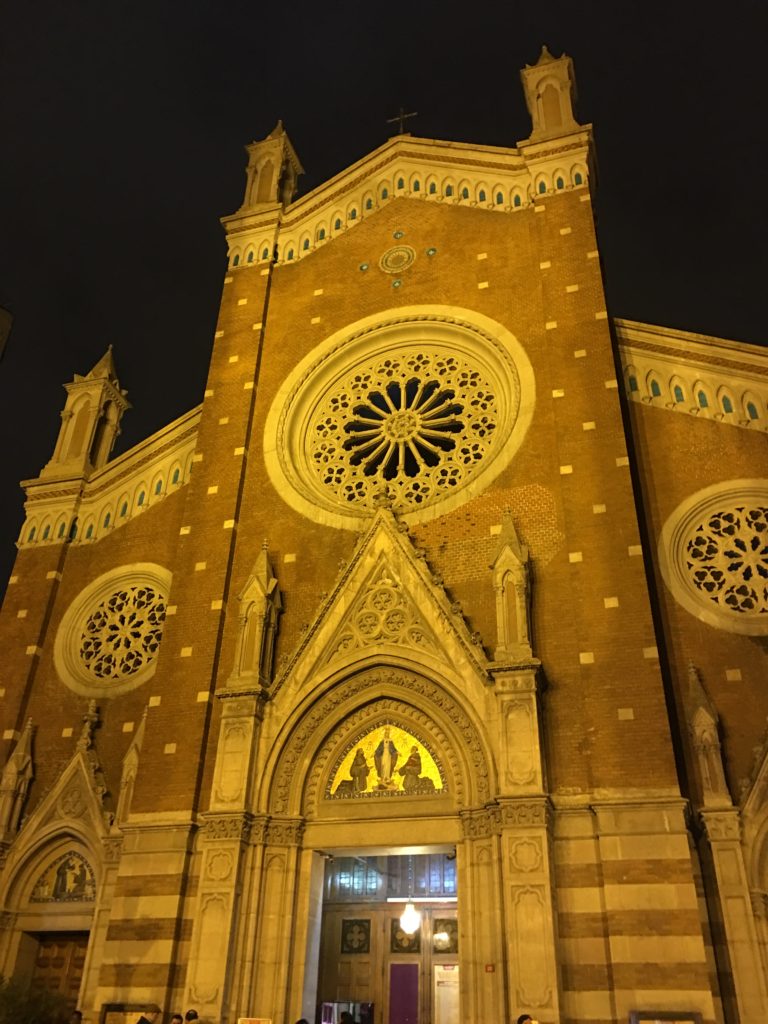
Construction of churches continued, with the permission of the Sultans, during the Ottoman era in Istanbul, but these were mainly in the Pera or Beyoğlu district and in the villages along the Bosphorus instead of the Old City. Several of these churches are on and around the İstiklal (meaning independence in Turkish) Avenue which is right at the heart of Beyoğlu. Anyone visiting Istanbul, is bound to end up in this crowded avenue, lined with buildings from the 19th century. Some of these art nouveau buildings are really beautiful.
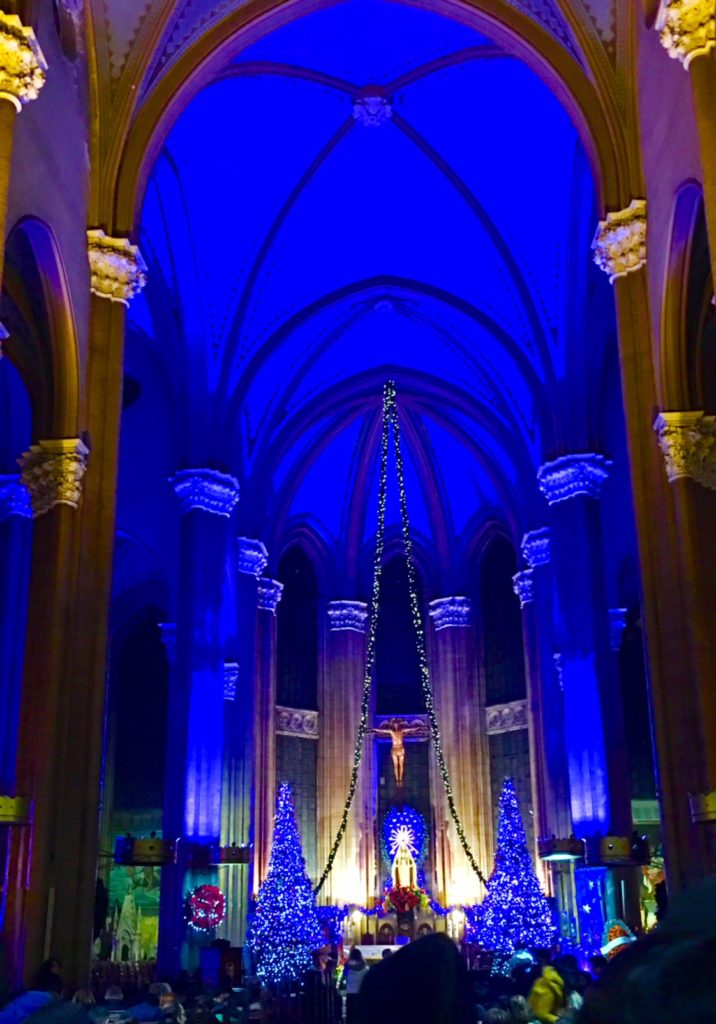
Christmas Eve and Christmas Day celebrations take place in churches throughout Istanbul, both on the Asian and the European side of the city. Churches open their doors not only for their Christian congregation but also for people of other faiths. In fact, celebrating the holy days of other religions is an old tradition in Istanbul since Ottoman times. It is not unusual to see conservative Muslim women with headscarves visiting churches to light a candle and make a wish.
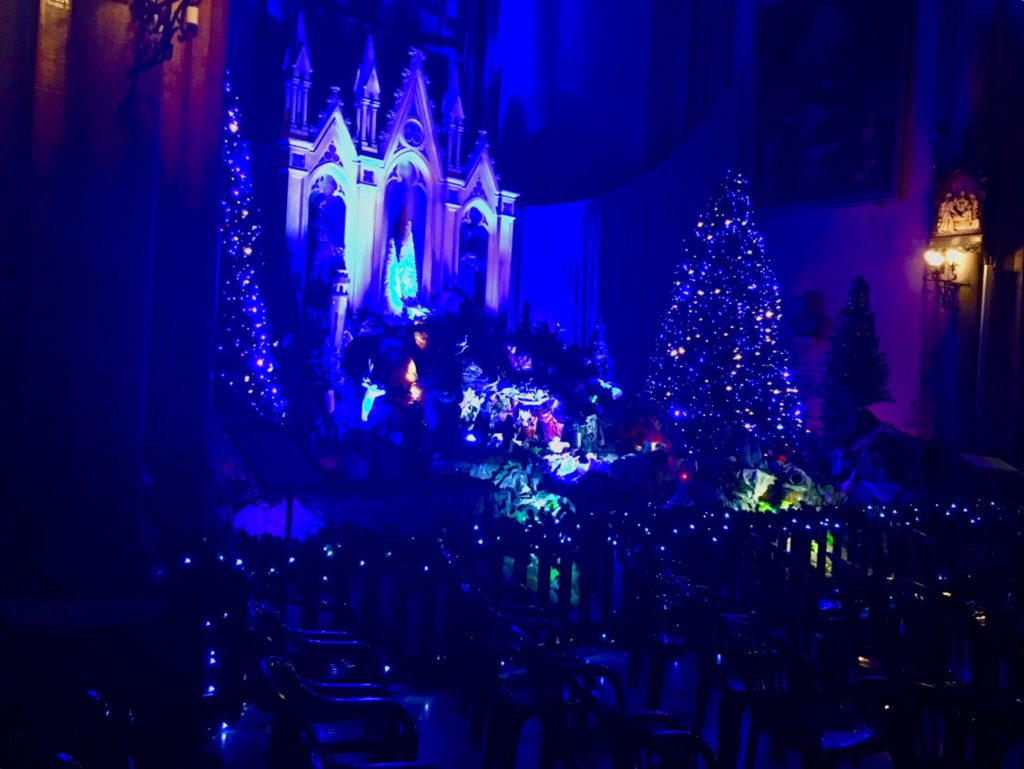
One of the two most visited churches for Christmas Masses in Istanbul is the church of Sant’Antonio di Padova (St. Anthony of Padua), known to Turks as Saint Antoine, on the İstiklal Avenue. The church attracts big crowds on the 24th and 25th of December which, I believe, is mainly due to its easily accessible location. In addition to that, it is the most beautifully and majestically decorated church for Christmas in Istanbul. Christmas carols are sung and Masses are held in four languages (English, Italian, Turkish and Polish) at Saint Antoine.
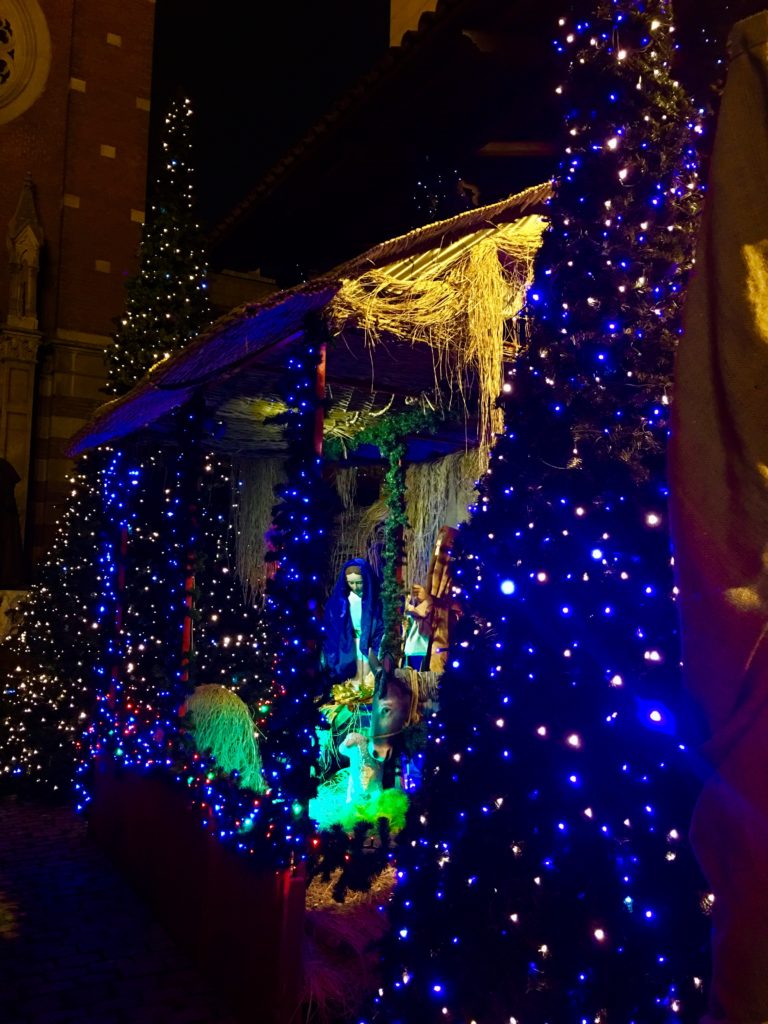
Saint Antoine is the largest Roman Catholic church in Istanbul. There was a Franciscan church here since 1725. It was pulled down towards the end of the 19th century to make way for the tramline. The present building was designed by the Italian architect Giulio Mongeri who was born in Istanbul. The basilica was inaugurated in 1912.
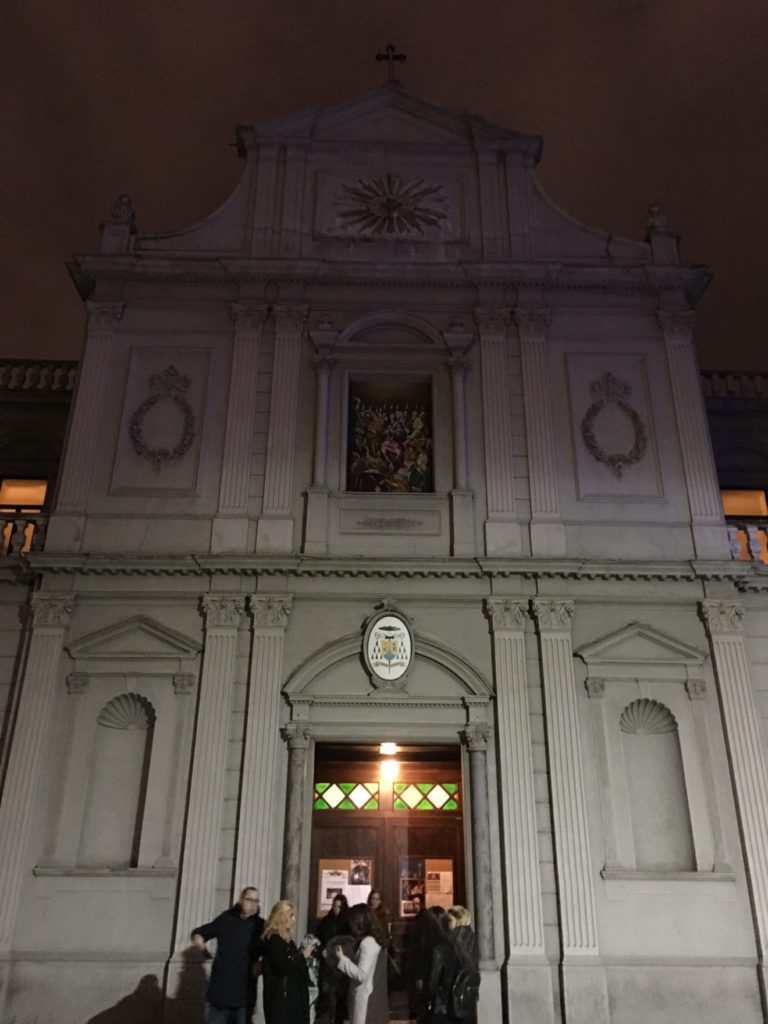
The second major point of interest on Christmas Eve in Istanbul is the Saint Esprit Cathedral. Inaugurated in 1846, Saint Esprit was built as a church with the initiation of the Pope’s representative in Istanbul at the time, Monseigneur Hillereau. In 1876 Saint Esprit became a cathedral and it has remained as the only cathedral in Istanbul to this day. The architect of the building is the Swiss born Italian Gaspare Fossati. Together with his brother Giuseppe, he lived in Istanbul for more than a decade and worked on more than 50 buildings in the Ottoman capital city. The Fossati brothers were also entrusted with the renovation of the Byzantine Basilica Hagia Sophia in 1847 by the Ottoman Sultan Abdülmecit.
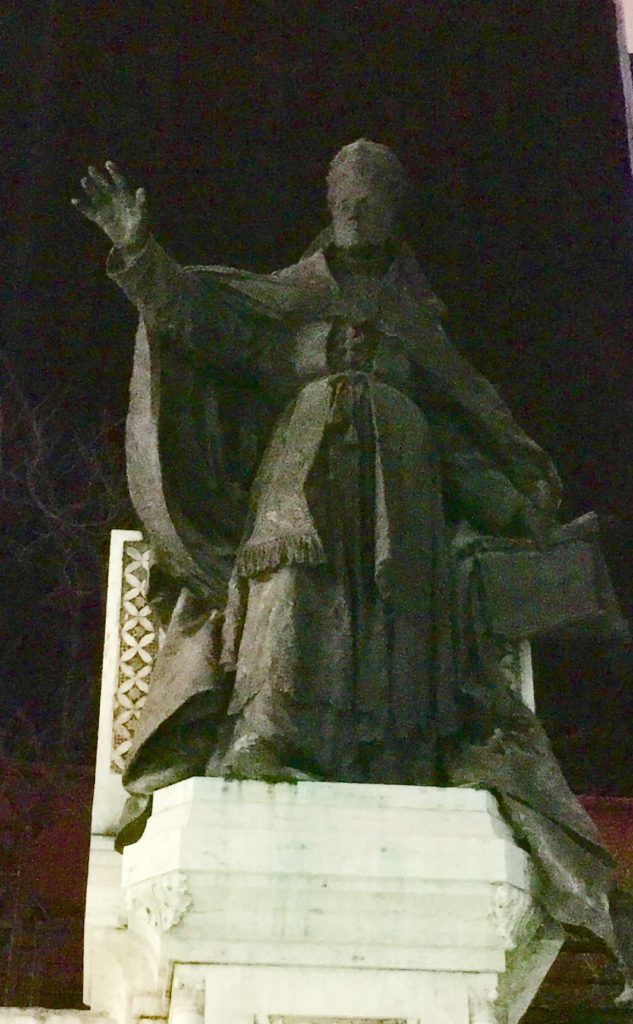
The Saint Esprit Cathedral in Istanbul is actually located in the courtyard of a school (Notre Dame de Sion) in the Elmadağ district, more or less opposite the Istanbul Hilton Hotel. The more than 160 years old Notre Dame de Sion was founded in 1856 by 11 nuns who came to Istanbul. It is the first official boarding school for girls in the country. Initially, the school was for the girls of the Christian community in Istanbul. Shortly afterwards, girls of the Jewish community were accepted to the school as well. In 1863, Muslim girls were also allowed to enrol with the special consent of the Sultan. Girls were accepted to the school starting from primary school and stayed till the end of high school. The school converted to a secular education system after the foundation of the modern Turkish Republic and became part of the national educational system, under the surveillance of the Ministry of Education. Notre Dame de Sion, which is currently a high school, started accepting male students as of 1996-1997. It has been a prestigious institution to this day.
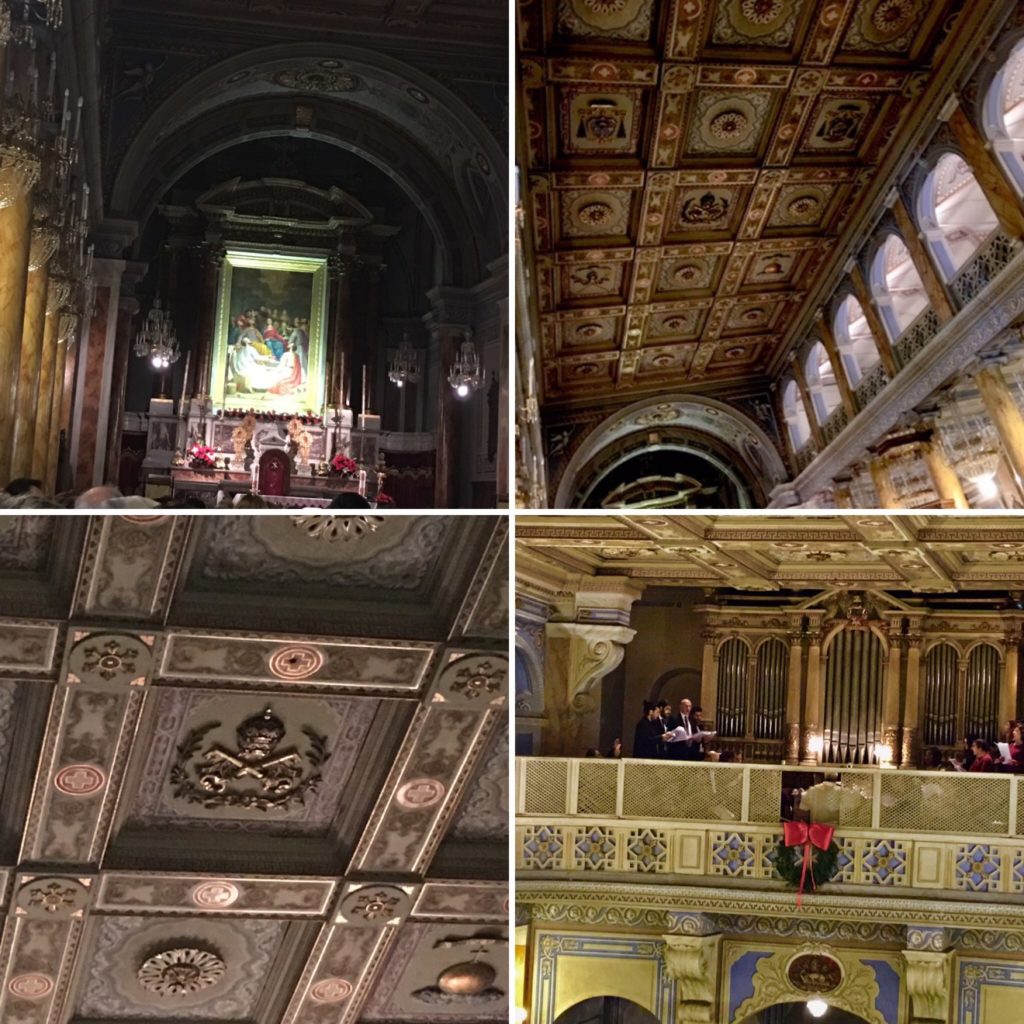
Entry to the Saint Esprit Cathedral is from the main door of the Notre Dame de Sion High School. There is a big statue of Pope Benedictus XV on the left-hand side when you step into the courtyard. This statue, which was the work of art of the Italian sculptor Quattrini, was inaugurated in 1921. The Ottoman Sultan of the time, Sultan Mehmet VI. Vahdeddin, who was also to be the last Sultan of the empire, donated money for this statue. He did not attend the unveiling of the statue himself but sent one of his princes (shehzade) to the ceremony. This was all in return for the humane deeds of the Pope for the Turkish prisoners and soldiers in World War I. Pope Benedictus XV was a man of compassion and peace. During the war, he used his initiative several times for the humane treatment of Turkish prisoners of war in the hands of the English, Italian and French troops. He also initiated a hospital in Basra (in today’s Iraq) for the wounded Turkish soldiers.
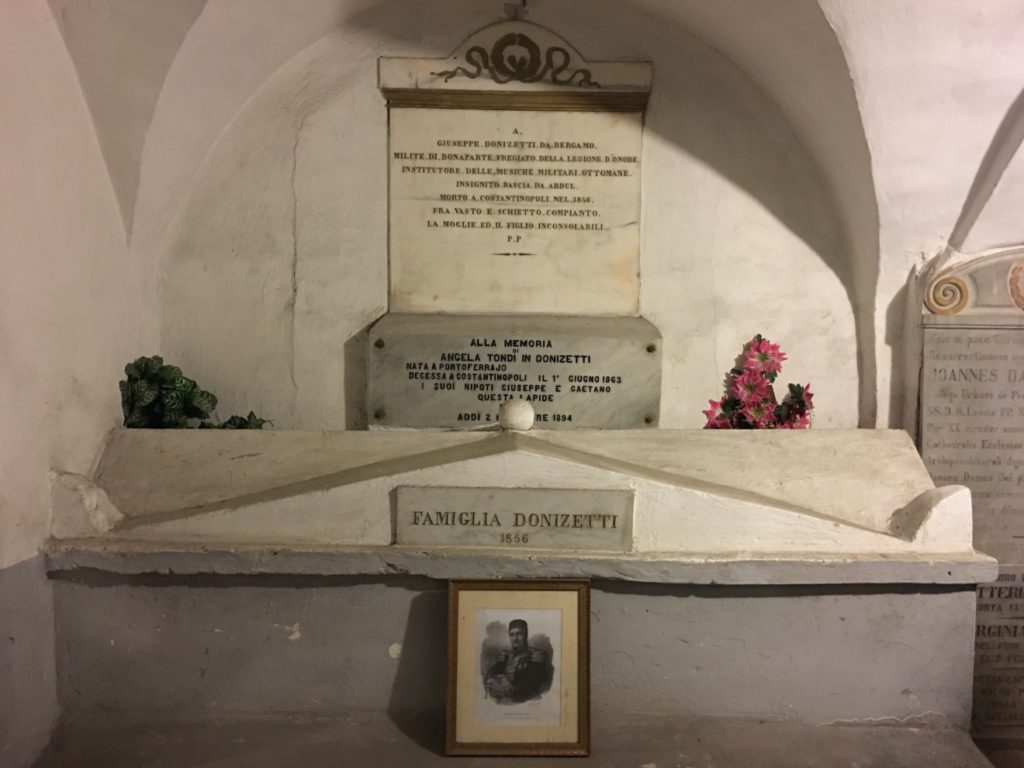
The crypt of the cathedral houses an underground cemetery, designed during the construction of the building. Burials of renowned family members of the congregation to the crypt continued until 1927. Here, you can also see the tombs of Monseigneur Hillereau, the founder of Saint Esprit, and of the nuns of the Sion order. One of the tombs in this cemetery was of special interest for me. It belonged to Donizetti Paşa and his family including his grandchildren. Giuseppe Donizetti was the elder brother of the Italian composer Gaetano Donizetti. He was invited to Istanbul by Sultan Mahmut II in 1828 to found and educate the Ottoman Imperial Military Band, Muzika-yı Hümayun. He stayed in Istanbul as the court musician for 28 years, until his death in 1856. He was honoured by the Sultan with the title of Paşa (Pasha), which was a title given to military or civilian people for their outstanding service to the empire.
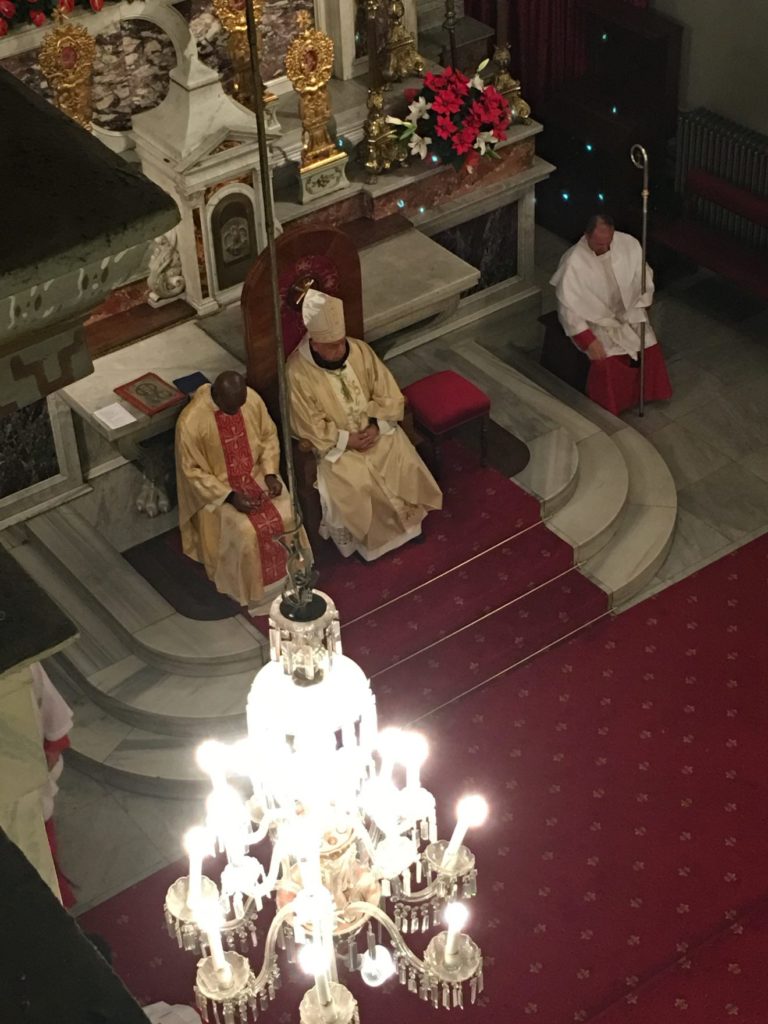
Last year, I attended the Midnight Mass on Christmas Eve at the Saint Esprit Cathedral. The pews were packed elbow-to-elbow, not only with members of the Christian community but also with people of other faiths. The organ and choir concert was followed by the Mass headed by the Pope’s representative in Istanbul, the Mexican Monseigneur Gonzalez. It was beautiful… Full of hope and prayers for World Peace and brotherhood of nations and other religions…
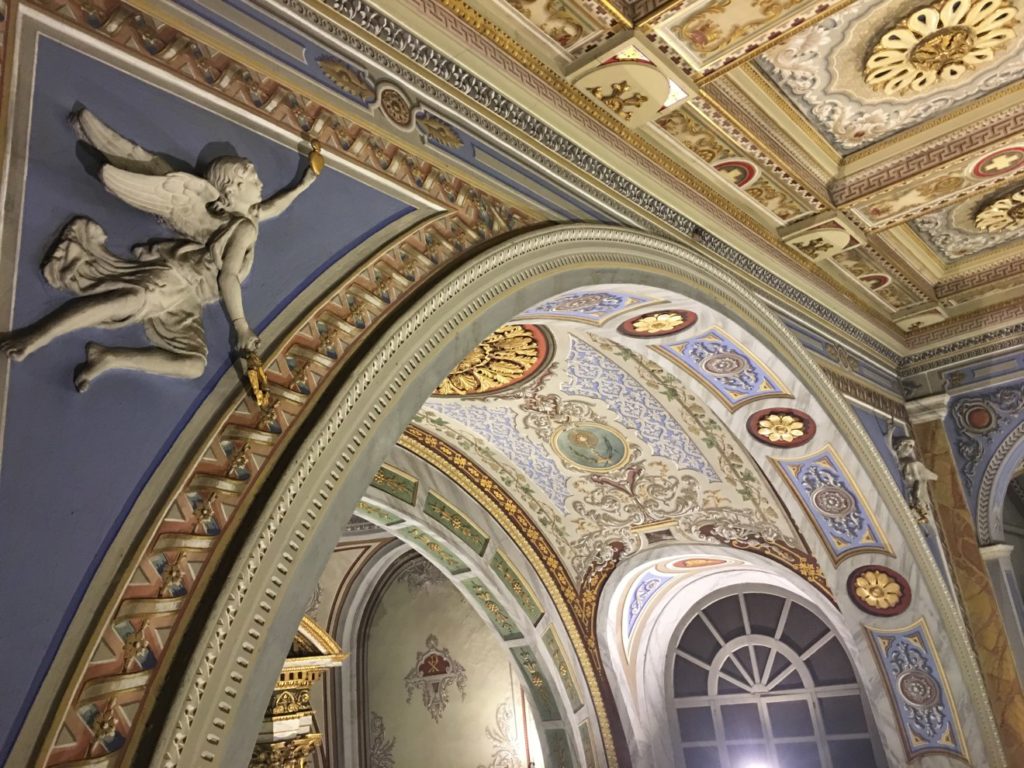

It is well described. Easy to read. To more to come….
Thank you dear! Next post will be coming very soon…